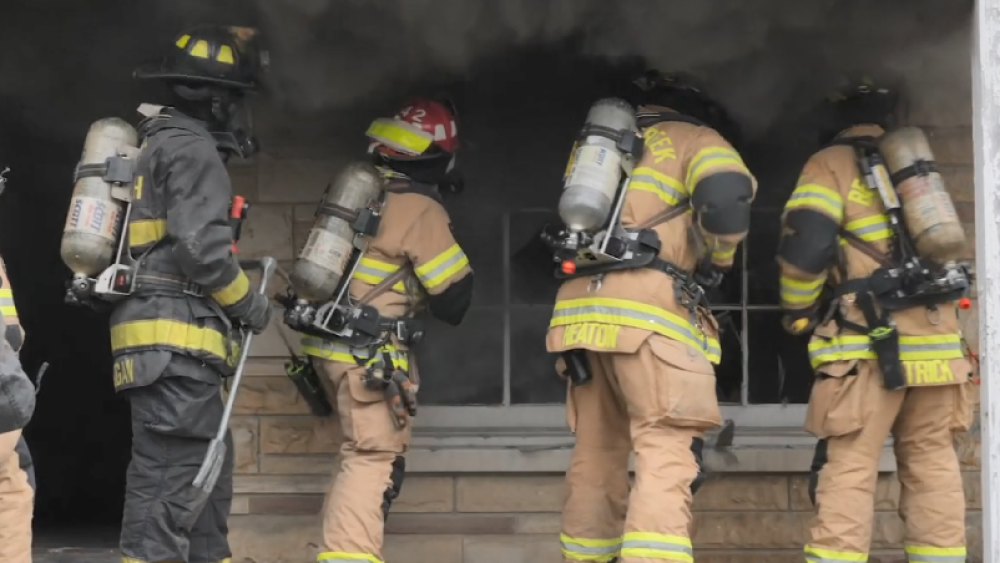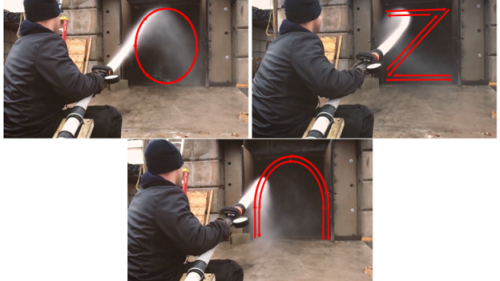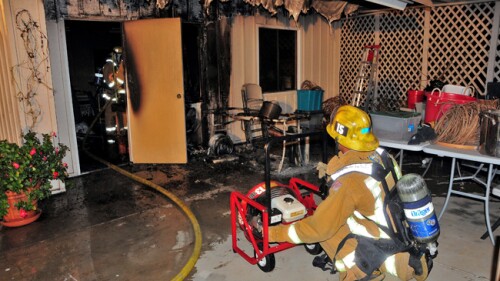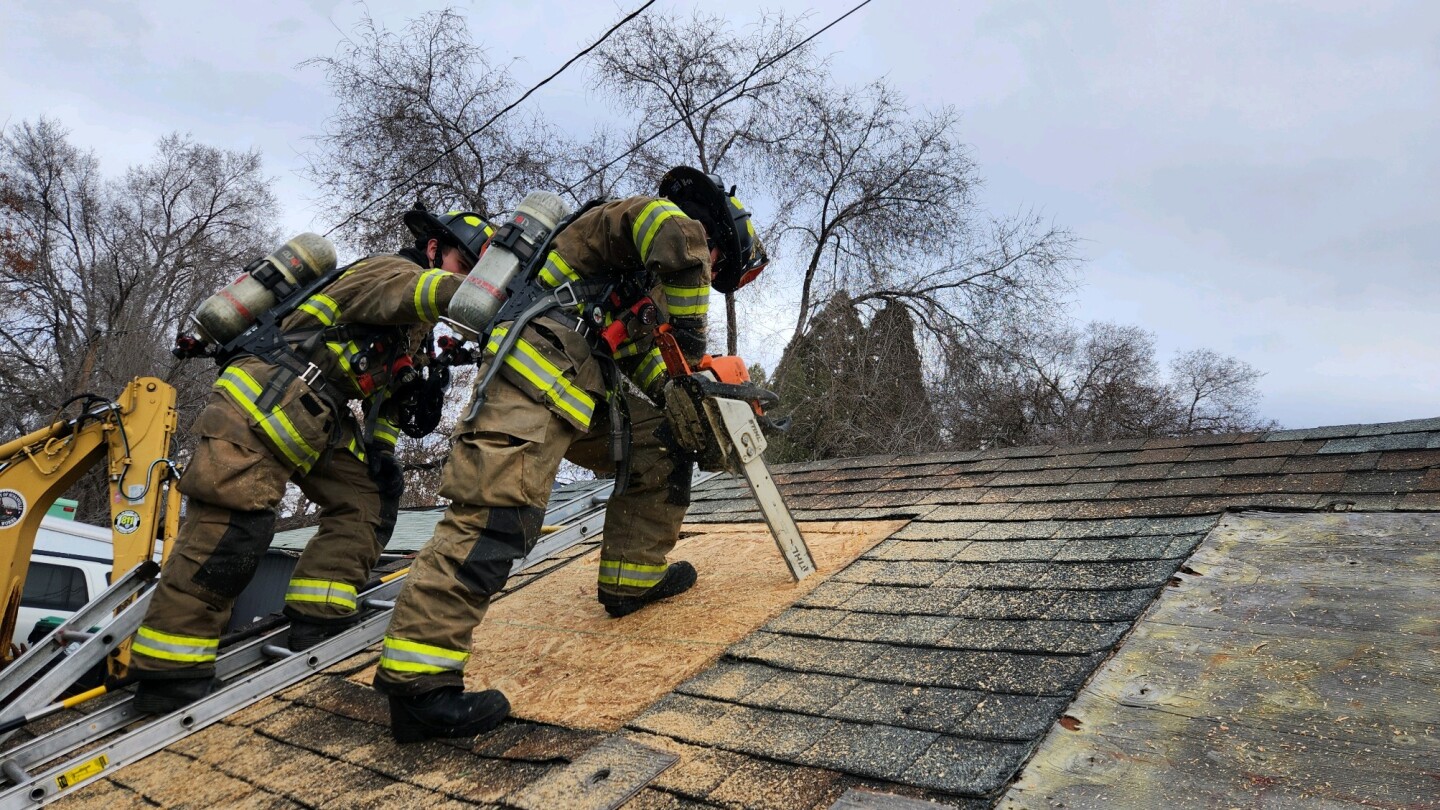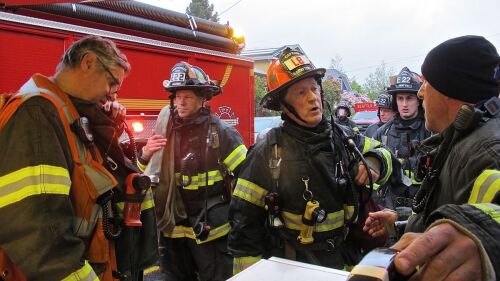As research continues to emerge, highlighting the importance of coordinated ventilation, firefighters are forced to adjust strategies and tactics. This special coverage series reviews the current ventilation-focused research and offers detailed steps for how to best implement the various ventilation operations – vertical ventilation, horizontal ventilation, positive pressure ventilation, among other tips and tricks to ensure safe fireground operations.
MOST POPULAR
- U.S. Forest Service reverses course, issues masks to wildland firefighters but keeps ban in place
- Pa. fire captain fired, accused of impersonating cop during road rage incident
- Calif. FF takes to GoFundMe to restore home devastated by wildfire
- ‘Jet fuel all over the place': Plane crash sets San Diego homes on fire
- Body of pilot found in crash during Ore. wildfire
MORE FIREGROUND OPERATIONS
In buildings with additional fortification, it’s critical for crews to utilize forcible entry skills to establish sufficient entry and exit points
Simple steps to ensure you know what you need and what’s just “extra”
A detailed look at competitive bidding, asset management, equipment selection and tool training
How high-tech tools impact incident organization, safety, decision-making and data collection
Master the operating pressures, flow rates and features associated with each nozzle type
Detailing pre-use checks, proper PPE and saw-startup tips
It’s helpful to develop a tool training schedule to ensure members’ skill remain automatic
We must be well versed in the proper use of chainsaws and our go-to hand tools
Your go-to options include a Halligan, roof hook, flathead ax, force wedge, thermal imager and flashlight



